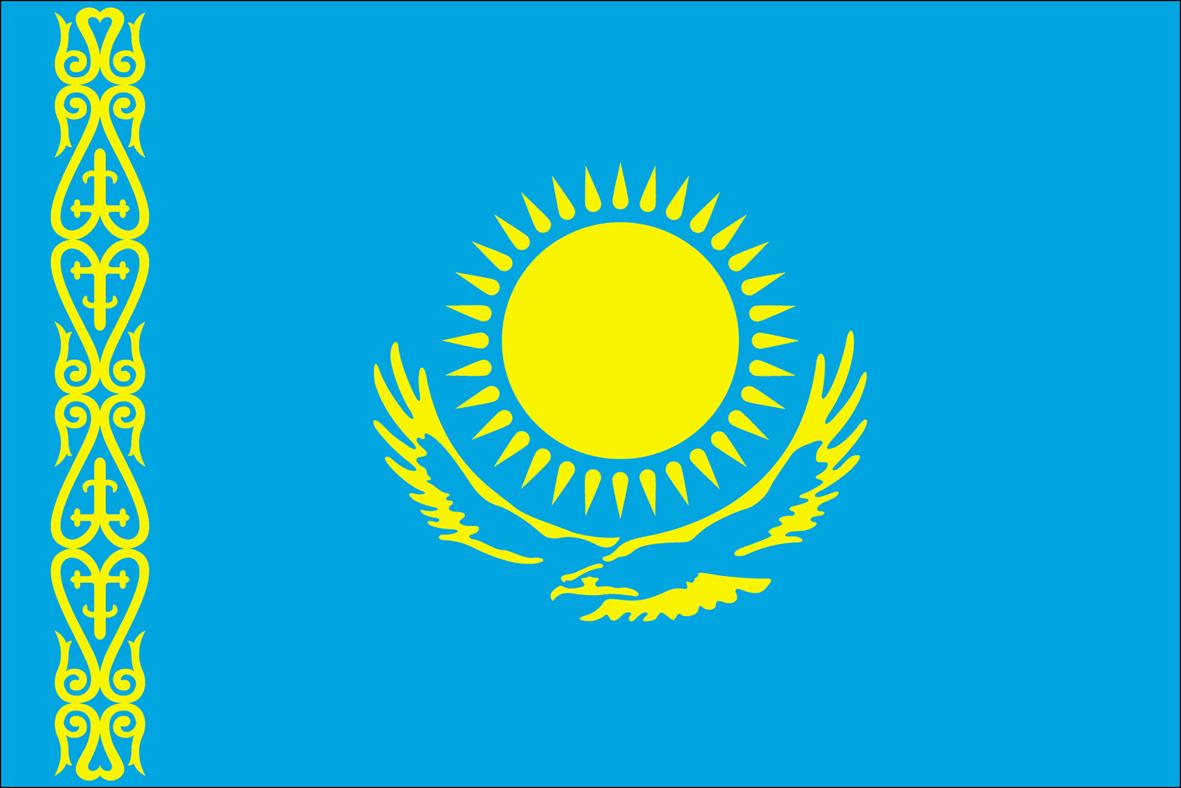Chakkirako
© Miura City Board of EducationLocated on a peninsula in Kanagawa Prefecture in central Japan, Miura City developed as a military port on the Pacific and a harbour providing shelter to passing ships. Drawing on dances from other cities demonstrated to them by visiting sailors, the people of Miura began the tradition of Chakkirako to celebrate the New Year and bring fortune and a bountiful catch of fish in the months to come. By the mid-eighteenth century, the ceremony had taken its form as a showcase for the talent of local girls. Every year in the middle of January, at a shrine or before the houses of the community, five to ten women from age forty to eighty sing a capella to accompany the dancing of ten to twenty young girls in colourful kimonos. The dancers perform face-to-face in two lines or in a circle, holding fans before their faces in some pieces and clapping thin bamboo sticks together in others. The name of the dance, Chakkirako, evokes the sound these sticks make. Transmitted from older women to young girls, Chakkirako employs a medley of centuries-old songs and dances to entertain and reaffirm the continuing cultural identity of the performers and their community. Read more about this element on the UNESCO Intangible Cultural Heritage website.









